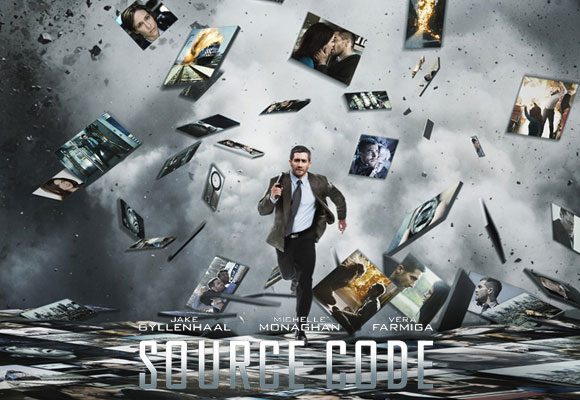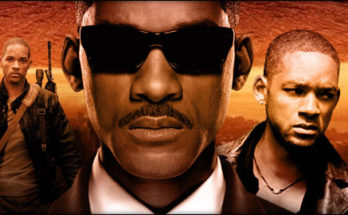Source Code comes extremely close to brilliance, and perhaps even mirrors the complexities and mystery of a film like Inception with its premise. However, what begins as a thought-provoking and highly engaging science-fiction quandary steadily devolves into a less sincere and confusing predicament that opens itself up for a multitude of plot-holes (or just plain indifference for its messy solution). The acting, the action and the surmounting build of suspense maintains persistent intrigue, and hints are even dropped throughout the film that provide expectations for more insidious happenings, but the film chooses not to explore these alternate routes. It’s ironic that Source Code tries to separate itself from the more common “time travel” elements and focuses on “time reassignment” or alternate timelines, as the audience will likely wish it followed one of those parallel directions over the one it ultimately takes.
An unwitting participant in an experimental timeline alteration project called “Source Code,” Captain Colter Stevens (Jake Gyllenhaal) is tasked with the mission of finding a terrorist aboard a Chicago commuter train that was bombed several hours earlier. Forced to continually relive the eight minutes before the train explodes, Stevens must piece together clues and scrutinize every last detail in order to uncover the bomber’s identity and stop him from killing again. But as he inches closer to the truth, he begins to question the circumstances surrounding his own involvement with Source Code, and as he races to save innocent lives he must attempt to save his own.
Source Code proves, stickily and confusingly, that time travel is not an easy subject to undertake when making a movie. What starts as a relatively interesting slice of science-fiction fused with a murder mystery (not unlike 2006’s Déjà Vu), quickly turns into a disarranged mess of ill explained nonsense and abundant plot holes. The definitions of Source Code involve such jargon as “parallel calculus” and “quantum mechanics,” obscurely painting a picture of alternate reality as opposed to actual time travel. But when illustrating the rules of multiple timelines, director Duncan Jones forgot to stay true to the very ideas he was developing, instead opening up a can of worms when including the video game-like qualities of choosing your own path, encountering different endings, and seeing through the eyes of a compatible, customizable character.
While the movie can easily be compared to other similarly themed sci-fi films (12 Monkeys meets Groundhog Day meets Inception meets The Manchurian Candidate meets Robocop, with even a touch of Alfred Hitchcock – with the opening title sequence and music), the closest comparison for Source Code is that of a first-person shooter video game. The heroic captain must play out his mission by using the body of a random character; first he must seek out a weapon and a bomb, then clues to locate the villain. There’s even a bit of romance if he chooses to flirt with the pretty girl sitting across from him. He only has eight minutes to complete the goal – if he fails, game over, and he must start again. How he interacts with the artificial intelligence around him affects how they treat him in return, which is a common factor in almost every video game out there – this also changes the ending.
While the hunt for the terrorist, the wooing of the girl and the secret of his location (what is the Source Code and where is he?) are each entertaining, visual mysteries, the conclusion is a huge misstep. The repetition is cleverly switched up enough to keep things fresh, but even the basic concept of the Source Code doesn’t make much sense. If each time he revisits the train and is able to produce a new outcome with his eight minutes, almost like having the same dream repeatedly with only a few elements changing, who is to say which version is the correct one? Could he only be imagining that he’s after the correct murderer?



